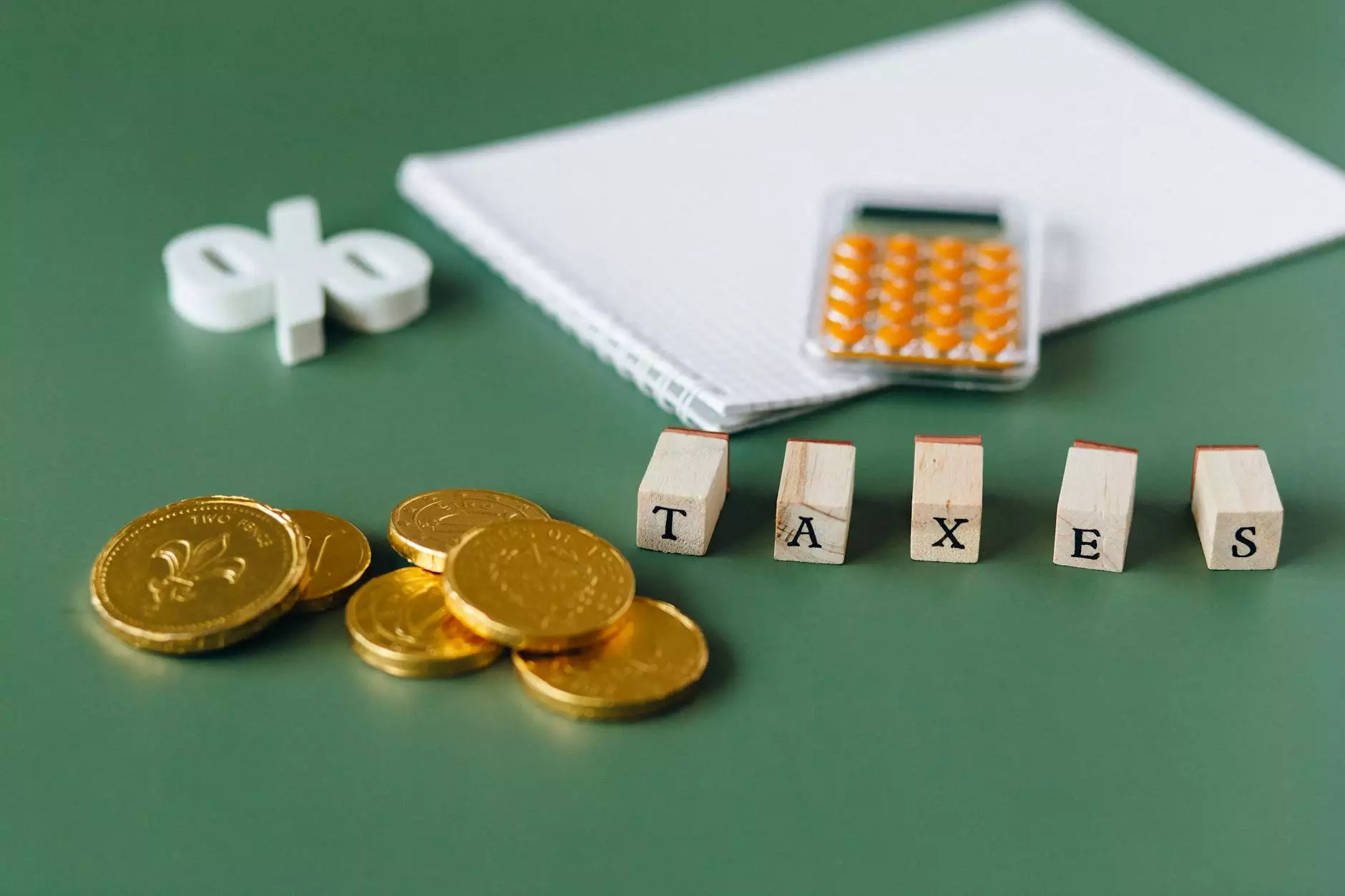Percent Error Calculator: What It Is and How to Use It

Understanding Percent Error
Percent error is a crucial concept used in various fields such as science, mathematics, and engineering. It allows for the assessment of the accuracy of a measured or observed value compared to a known or expected value. By calculating percent error, you can determine how close or far your obtained result is from the true value.
In scientific experiments, percent error provides insights into the precision and reliability of the measurements taken. It helps researchers identify any sources of error in their experiments and evaluate the significance of their results.
How to Calculate Percent Error
To calculate percent error, you need the actual or expected value and the observed or measured value. The formula for calculating percent error is:
Percent Error (%) = |(Observed Value - Expected Value)| / Expected Value * 100
Let's consider an example:
You are measuring the length of a metal rod, and the expected value is 50 cm. After conducting your measurements, you obtain a value of 45 cm. To determine the percent error, apply the formula:
Percent Error = |(45 cm - 50 cm)| / 50 cm * 100 = 10%
In this case, the percent error is 10%, indicating that your measured value is 10% lower than the expected value.
Note: The absolute value is used in the formula to ensure that the percent error is always positive.
Benefits and Applications of Percent Error
Percent error has several practical applications across different fields:
- Scientific Research: Scientists extensively use percent error to analyze the accuracy of their experimental data, ensuring valid and reliable conclusions.
- Quality Control: Industries employ percent error to assess the accuracy and precision of manufacturing processes, minimizing potential errors that could impact product quality.
- Education: Teachers and students utilize percent error to evaluate the accuracy of their scientific measurements and understand the limitations of their experiments.
- Financial Analysis: Percent error is used in financial modeling to compare predicted or estimated values with actual performance, providing insights into forecasting accuracy.
Understanding percent error is key to professional and academic endeavors, as it enables efficient decision-making and ensures optimal outcomes.
Using The Knowledge Nest's Percent Error Calculator
The Knowledge Nest provides an intuitive and convenient percent error calculator tool to simplify your calculations. Our calculator allows you to quickly determine percent error with just a few clicks, saving you valuable time and effort.
Follow these simple steps to use our percent error calculator:
- Enter the known or expected value in the designated input field.
- Enter the observed or measured value in the corresponding input field.
- Click the "Calculate" button.
Our percent error calculator will instantly provide you with the calculated percent error value, ensuring accuracy and efficiency in your calculations.
Advantages of Using The Knowledge Nest's Percent Error Calculator
By utilizing The Knowledge Nest's percent error calculator, you benefit from:
- Accuracy: Our calculator performs precise percent error calculations, eliminating potential manual calculation errors.
- Time-Saving: Calculating percent error manually can be time-consuming, especially when dealing with extensive data. Our calculator streamlines the process, delivering instantaneous results.
- Convenience: Access our percent error calculator anytime, anywhere, as long as you have an internet connection and a device.
- Education: Gain a deeper understanding of percent error by using our calculator alongside your studies or professional endeavors.
- Reliability: Trust our percent error calculator to provide accurate results consistently, giving you confidence in your calculations.
Improve your efficiency and accuracy in determining percent error by utilizing The Knowledge Nest's reliable and user-friendly percent error calculator.
© 2023 The Knowledge Nest. All rights reserved. | Category: Community and Society










